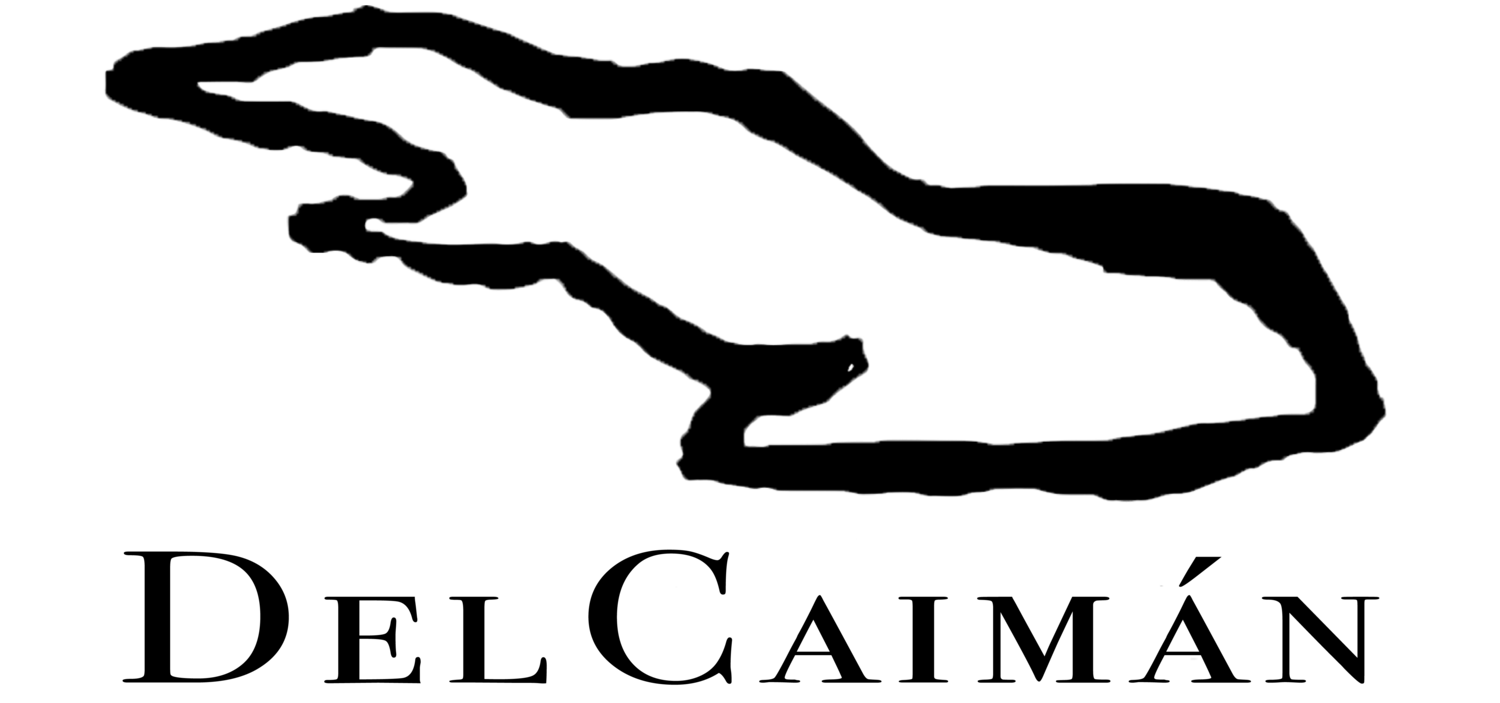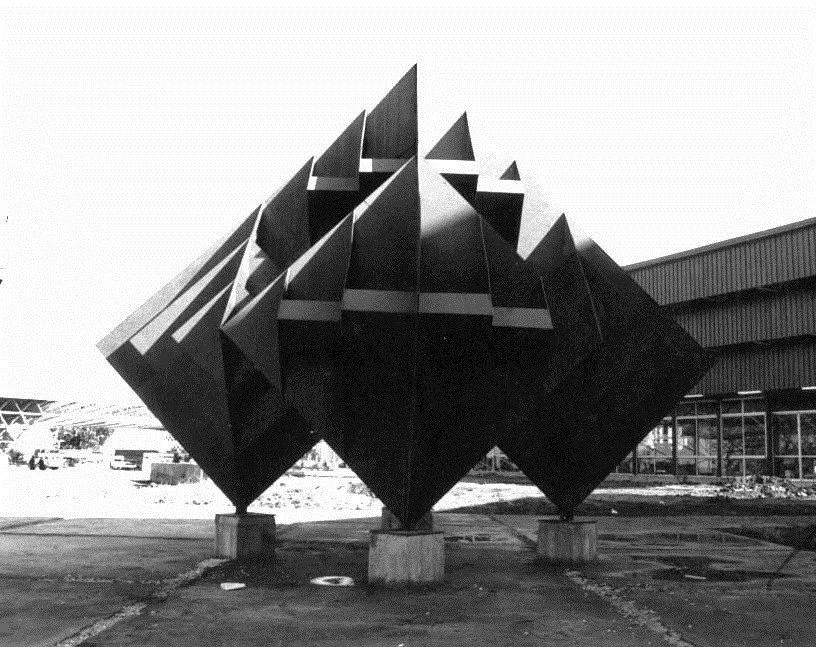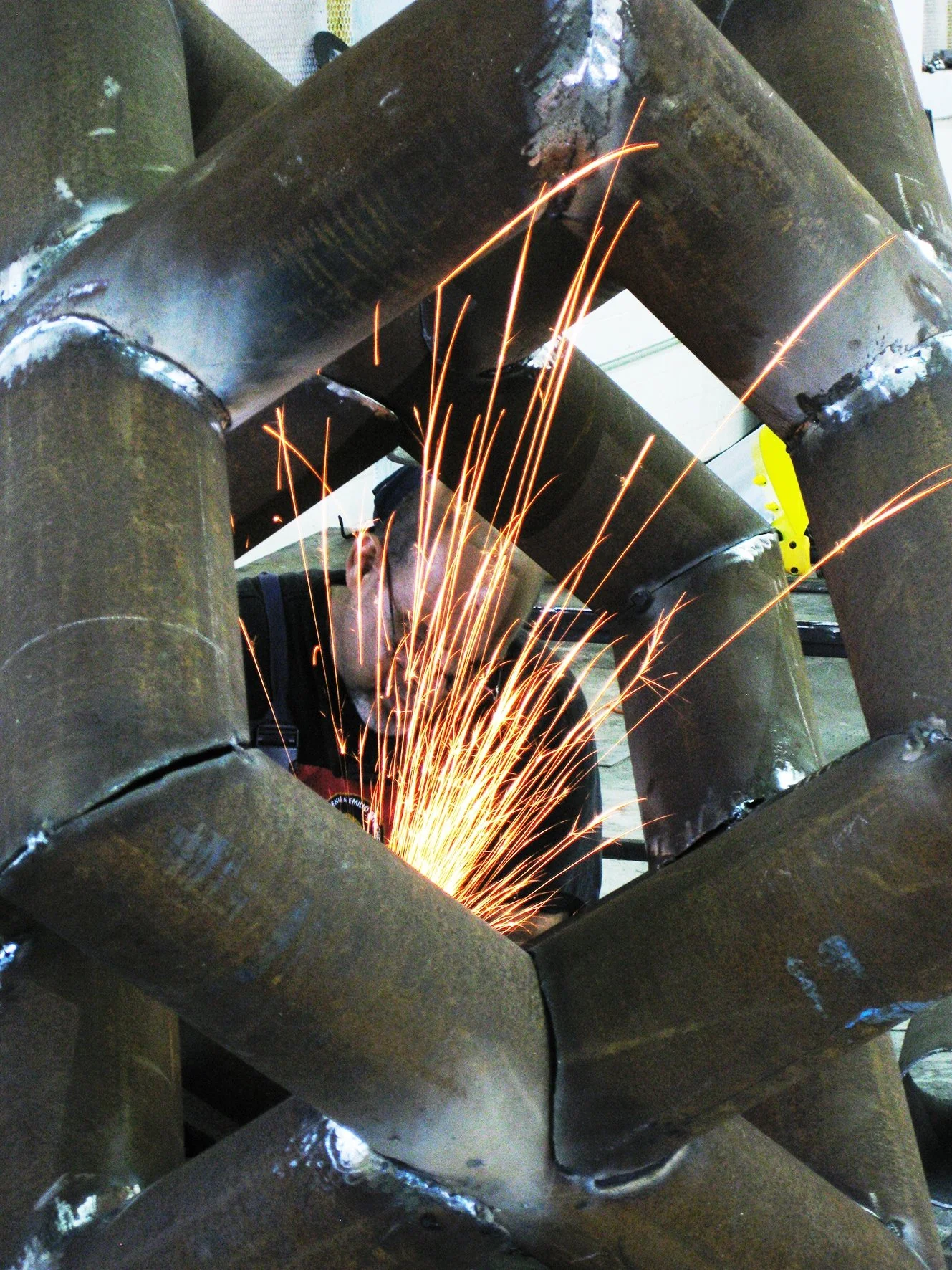From Stone and Steel to 3D Printing, Eliseo Valdés
One of many monuments Eliseo has made featured throughout all of Cuba
Barely out of the doors of the Instituto Superior de Arte (ISA), Valdés had already laid claim to an international award from the Varadero Sculpture Symposium, one of the most important art salons of the world. The event was called Forma, Sol y Mar; and his awarded sculpture, “Seagull of Salt”, was the perfect symbol for the space.
The sculpture, a smooth white-stone Seagull, was the "first son" of Valdés and was pitted against works by established artists, including the renowned José Villa Soberón, coincidentally Eliseo’s teacher at ISA, among other celebrated artists spanning from Romania, the late Soviet Union and Czechoslovakia.
"That event defined my future," he admits more than 30 years later. Since then, he’s obsessed over “debugging” his technique and implementing the latest of technologies for expanding his art, without dismissing the original craft that made him; a chisel and hammer, the same tools that he so precisely and gracefully used to help a Seagull to escape in Varadero, from stone.
MASTERY OF A CRAFT
Experts have highlighted the technical mastery behind Valdés’ works, his use of divergent materials and their combination and imbrication, as well as their functionality and rationality, which creates the potential for expansion to monumental scales. Their scalability stems from well-defined dimensions and the majestic presence with which Valdés’ works dominate their intended space.
Although he considers himself shy, Valdés is a happy conversationalist when it comes to art. He dislikes mathematical calculation, but recognizes the “essential numbers” that must be taken into account before erecting a sculpture, especially if it's big. "Sometimes, it's even necessary to hire an engineer." Yet, Valdés has chosen "the path where the most complex geometries exist.” And he's managed to get it right. "I was fatal with the sciences, they didn't get into my head, but sculpture has made me learn," he tells.
Valdés has known that art would be his life since graduating from the National School of Art in San Alejandro, Havana. As most of his friends were painters, he would go with them to class, or accompany them when they came to seek inspiration from the park erected on the banks of the capital Almendares River.
“I painted then, and I never truly stopped painting." Indeed, painting and drawing are the basis for his sculptural work. "Every time I'm going to make a sculpture, I've already painted and made a lot of drawings about it. I’ve also burned things. It’s the process I use for debugging what I'm going to do. It's my system.”
"Another thing I do is paint two or three canvases at once. That frees me." But my forte—what I like to do most, besides—is sculpture."
After San Alejandro, he was chosen to enter the ISA after a rigorous selection process that placed him as one of the top students of his entering class. Then came Varadero and that Seagull, which somehow made him what he is today. "This sculpture marked my work forever, because from there I began to make works of greater scale; large works of four meters; two, three and almost five meters sometimes."
Eliseo (far right) on a beach in Mexico with the famous sculpture Jose Villa Soberon (Left) and Juan Quintanilla (middle)
PEAK MOMENTS OF A LONG CAREER
Valdés is an incessant and tireless artist with more than 20 public sculptures located in Cuba, Venezuela, Spain, Japan and Mexico, all of which he cares for. For example, he recently checked the current state of a piece in the western province of Matanzas, in the rural town of Los Naranjos. Called Vertex, it is a version of Ascenso, his tallest piece measuring more than four meters tall, which he made in the Mexican state of Nayarit.
When asked about peak moments of his career, Valdés cites his personal exhibitions. Even as one of the Cuban sculptors who has contributed the most to public sculptural spaces, he finds in the personal exhibition other motivations and other incentives.
"Public sculpture is there and is always seen by the community... until they get used to its presence. Then they don't notice it anymore. In art exhibits, however, you gather the best you've done in a period, and there's a lot of accumulated experience, images, expressions that people are going to see in one hit: it's a period of your work that normally only you and your family get to experience.”
"The artistic fact is completed when people see it, and they can enjoy it. It's a cycle: think, make, select then display. But everything the artist does is not presentable. There's a lot that stays behind closed doors. The processes, therefore, are very interesting, and sometimes something that I dismissed eventually helps create what I then consider achieved."
Some of his small-format works, which he never gave up to the public, create a welcome space in his living room. In the room are small-scale samples of his talent; there are pieces of steel—the material he has come to use most—and bronze; even a digital piece resulting from the latest 3D printing techniques.
“YOU CAN’T DENY PROGRESS”
When asked if performing the work in 3D offers the same satisfaction as using one's own hands, he reminds that the printer is just another tool. "Because the sculpture was designed by me. It's valid. For example, an engraving: you make the matrix, you take it and the printer prints the engraving.
"The 3D print of your sculpture represents a preview. Technology is God's blessing. If Michelangelo and Da Vinci had had any of that, how many things they would have done!
Even with everything he has done, he remains unsatisfied.
"I have a lot of projects that I haven't materialized: if I do something every day, it's a lot of thinking. My life won’t reach all the projects I have inside. Now I have started making engravings, inspired by a friend who is an excellent engraver and invited me...
"I intend to do more; I thought it was good. I'm open to more. But I’ll always remain a sculptor."




